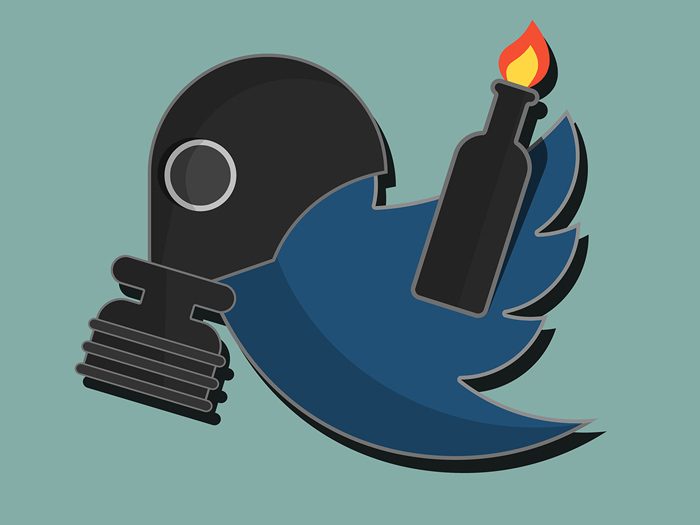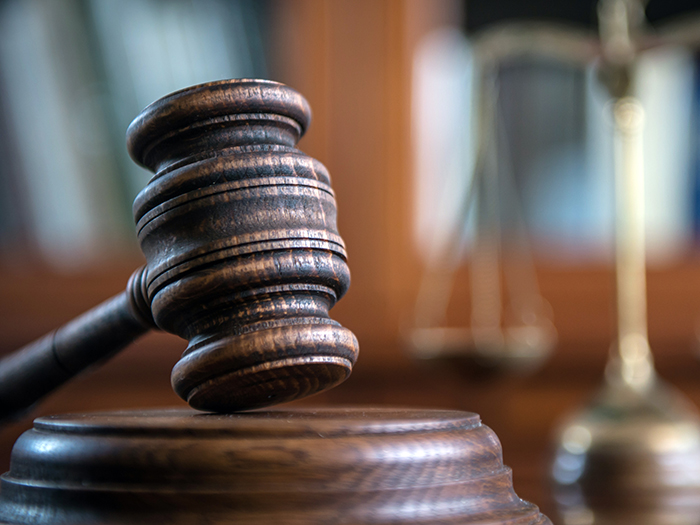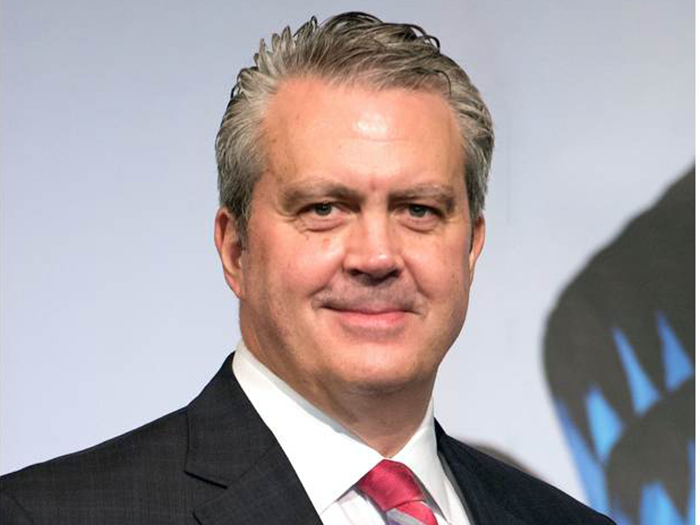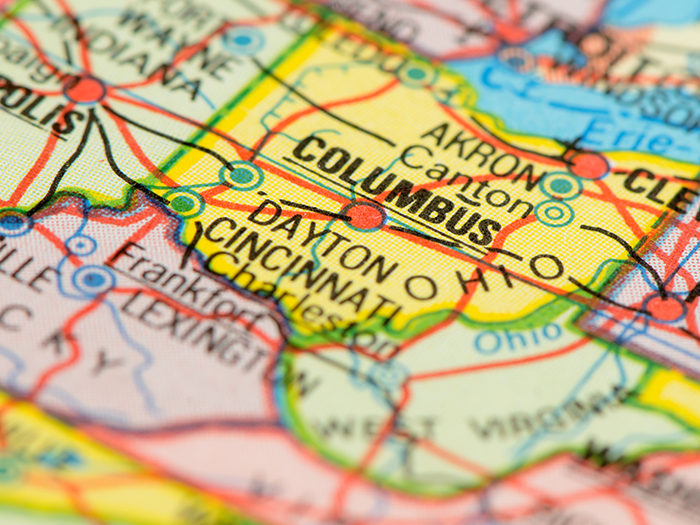Defamation Liability
Online Defamation Liability

The internet and social media multiply the opportunities for companies to reach out to make inroads in new markets. They also increase the risk of facing expensive defamation liability charges.
“Companies are trying to reach customers, business partners and others in the marketplace with all kinds of different online channels,” said Tom Clare, a partner at the Clare Lock law office in Virginia.
“But what it means is that there is a lot more content online and a lot more opportunities to say something that will put them on the wrong side of a defamation risk.”
The potential for damages should not be underestimated; according to Clare, damages awarded for reputational harm and economic losses caused to third parties can reach tens of millions of dollars.
Notably, the most emblematic cases have been related to media organizations. For instance, Rolling Stone magazine settled a case last year pursued by Nicole Eramo, a former associate dean of the University of Virginia. The magazine published an article accusing Eramo of mismanaging a gang rape case. She sued for defamation and was awarded $3 million as damages after the court found the allegations were untrue. The magazine also agreed to pay $1.65 million to the fraternity accused of rape in the article, which was found to be misleading.
In another well-publicized case, beef processor BPI sought $1.9 billion in damages from ABC News, claiming that an incorrect report published by the media firm had led to the closing of several producing plants. The two parties agreed to settle the case, and the damages agreed to were not disclosed.
Social Media and Third Parties
Media companies are not the only ones at risk.
Any organization that makes extensive use of its Twitter, Facebook, YouTube or Snapchat accounts is exposed to similar charges. Especially because, for many executives, social media accounts remain a marginal priority and one side of the business that can be delegated to young and low-paid millennials or unknown start-ups that charge reduced fees.
“With the advent of the internet and the very rapid expansion of online companies, you see an exposure for non-media companies that is growing as well, separate from the traditional exposure that you would expect from media companies,” said Jeanmarie Giordano, global head of professional liability, AIG.

Emily Selck, cyber liability practice leader, Hub International Midwest Limited’s Management and Professional Liability Group
“The rapid emergence of social media has brought about a new risk that causes the leadership of many of my clients to feel overwhelmed,” said Emily Selck, cyber liability practice leader, Hub International Midwest Limited’s Management and Professional Liability Group.
“Many have multiple websites of their own, along with Facebook, Twitter and LinkedIn; or they may have a presence on consumer review sites like Yelp. They are aware of their presence as it relates to social media, but since many outsource these particular marketing activities to a third party, they may not know the extent of their presence or who specifically is in control.”
Companies get in trouble even if low-level staff members or a supplier managing their social media accounts make a disparaging comment about a rival. Selck noted that seemingly trivial mistakes, such as failing to get approval of photos and captions posted on social media after a company event, can also result in media liability exposures.
In the same light, overeager staff members can publish YouTube videos with false allegations about a rival or change photos with the help of image manipulation software to harm the reputation of a competitor. Clare recalled an episode where a company published photos of a structure built by a competitor while still uncompleted, suggesting it showed sloppy service provided by the competitor.
“There have been cases where cross-town rivals create fake Yelp accounts to post negative reviews of a competitor,” said Aaron Minc, an expert in online defamation law in Cleveland, OH.
“Companies are using the emails to customer lists, blog posts or other online tools to win business and to say things about their competitors,” Clare added. “It is something that predates the internet era, but an email, tweet or blog post can be forwarded very quickly, reaching a much bigger audience and creating a much greater chance that there will be defamation liability.”
Watch What You Say
Clare explained that simply comparing products does not create the grounds for a defamation charge, but stating false facts about a product made by a rival surely does.
And, if the author of the comment used a channel authorized by the company to disparage a rival, it matters little whether the company’s leadership was aware of the initiative or not.
“If a low-level employee is acting within the scope of his employment and publishing online is part of his duties, or if he is authorized by the company to be on a social media platform, then the company can be liable to his comments online,” Clare said.
“This is a very significant development in courts right now. A lot of times, people will mix their business social media use with their personal social media comments.”
The mere fact that a staff member is identified in a social platform as an employee of the firm has the potential to cause problems for a company, as users may associate the comments with the company cited in the user’s profile. The exponential growth of social media, in fact, is creating ever new exposures companies sometimes struggle to spot and deal with.
“Ultimately, the best risk management against defamation is close oversight by external counsel of what is being posted with a rigorous internal approval process.” — Emily Selck, cyber liability practice leader, Hub International Midwest Limited’s Management and Professional Liability Group
“The lack of oversight is the biggest concern I have for my clients,” Selck said.
“I have had clients who have had to engage in counsel because of a feud between two employees. Others have caused emotional distress due to inappropriate images.”
“When we underwrite coverage to media, we ask a lot of questions about the controls they have in place, who reviews the material, who is authorized to speak and training of employees around content,” AIG’s Giordano said.
Jason McDonald, a media liability underwriter for the Philadelphia Insurance Companies, noted that simply covering defamation liability in your employee handbook is not enough.
“Real training regarding that type of activity really only goes so far in a lot of places,” McDonald said.
Due to employee turnover, Giordano said the training should be ongoing and recurrent.
“I think it is really important that it is not a one-and-done training,” Giordano said. “Large companies have a tremendous amount of turnover; you want to make sure you are getting to everybody regularly.”
David Greene, civil liberties director, Electronic Frontier Foundation, noted that online defamation liability is nothing new, as it was an issue even before the popularization of the world wide web, when business people used virtual channels to meet in investment forums and other such activities.
And keep in mind this one fact: Regardless of whether information is being published online or in print, truth is a strong defense.
“At the root of most defamation issues is ‘Was the statement or statements made false?’ ” said McDonald. “As long as you can confirm that you are telling the truth and are not doing it in a negligent way, you really shouldn’t have issues.”
But the spreading of social media takes defamation risk several notches up, as it increases the possibility a false statement will be read and cause harm. As with traditional defamation risk, it is necessary that only one person reads the statement to justify a charge, Greene remarked.
Social media also multiplies the potential for monetary losses. When reputational damages are calculated, the extent to which a statement has spread around the internet will be a key factor when the losses incurred by the plaintiff are estimated.
Therefore, taking a false statement out of circulation as soon as possible constitutes a useful step to take when a company notices a social media posting has crossed the line. Publishing a retraction in the same media employed to make the wrongful statement is also recommended, Clare noted, as it can be taken into account by the judge and result in lower damages.
Retracting and Reducing Risk
If the false statement was made via Twitter, retracting on Twitter is recommended. If a video with defamation liability potential was published on YouTube, another video with a retraction would be necessary. But even acting quickly may be not enough, as the defamatory statement could have already spread beyond the company’s social media structure and may be stored in computer caches for years.
The best solution, according to the experts, is to act preventativly. Clare recommended companies have a very clear social media policy that states when and by which channels employees are expressing views on its behalf. Introducing layers of oversight that avoid the kind of hot-headed use of Twitter or Facebook that can create exposures is also a recommended measure, even though it may imply reacting with less urgency to the issues that bring the internet down in a particular moment.
“Ultimately, the best risk management against defamation is close oversight by external counsel of what is being posted with a rigorous internal approval process,” Selck said. “Multiple levels of approval often mitigate bad judgment and allow for some consistency in messaging.”
A number of insurance policies are also available to protect companies against the risk of online defamation. They are traditionally purchased by media companies to protect themselves in their daily grind, but as other kinds of organizations also become ever more embroiled in the publication of stuff online, it may be worth it to take a look at specific coverages.
“At the root of most defamation issues is ‘Was the statement or statements made false?’ ” — Jason McDonald, media liability underwriter, Philadelphia Insurance Companies
“Media liability policies are the most effective backstop in the event of an allegation of defamation,” Selck said. “These policies are available on a standalone basis if a company’s operations so dictate, as they serve as professional liability policies for media and entertainment companies.
“For most companies, it is available bundled into a comprehensive cyber liability policy. A general liability policy may also respond, dependent upon the allegations, but the proliferation of social media has caused companies to reconsider relying on general liability alone and prefer a broader, more specialized product,” she said.
Experts have also noted that defamation is a risk often excluded from general liability policies, thus driving the need for some type of defamation liability coverage.
“We have a few of those insureds coming over and saying, ‘We are seeing some gaps in our coverage from that standpoint. We don’t have the foundation in coverage that we thought we did,’ ” said McDonald. &
With additional reporting by Dan Reynolds, the editor-in-chief of Risk & Insurance.








